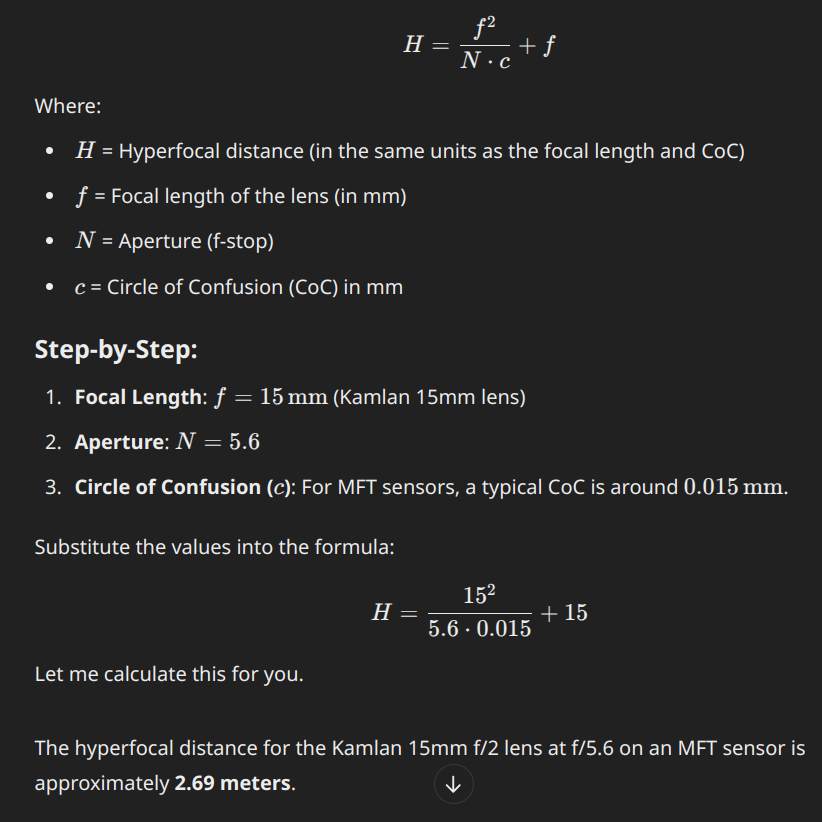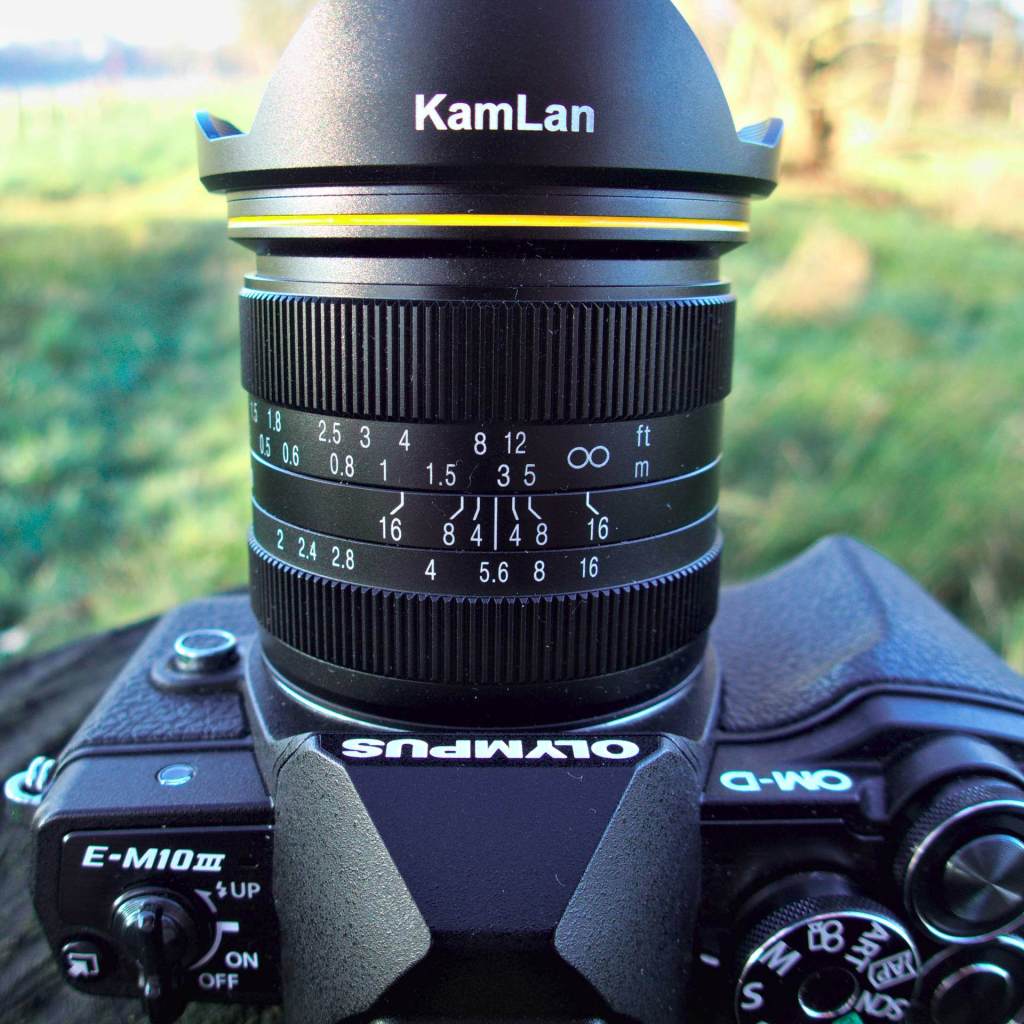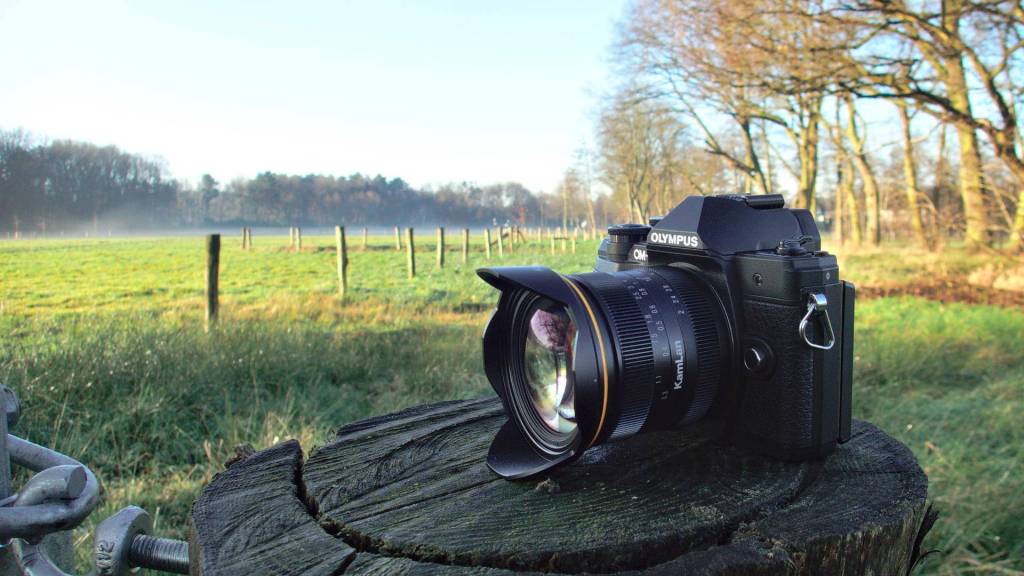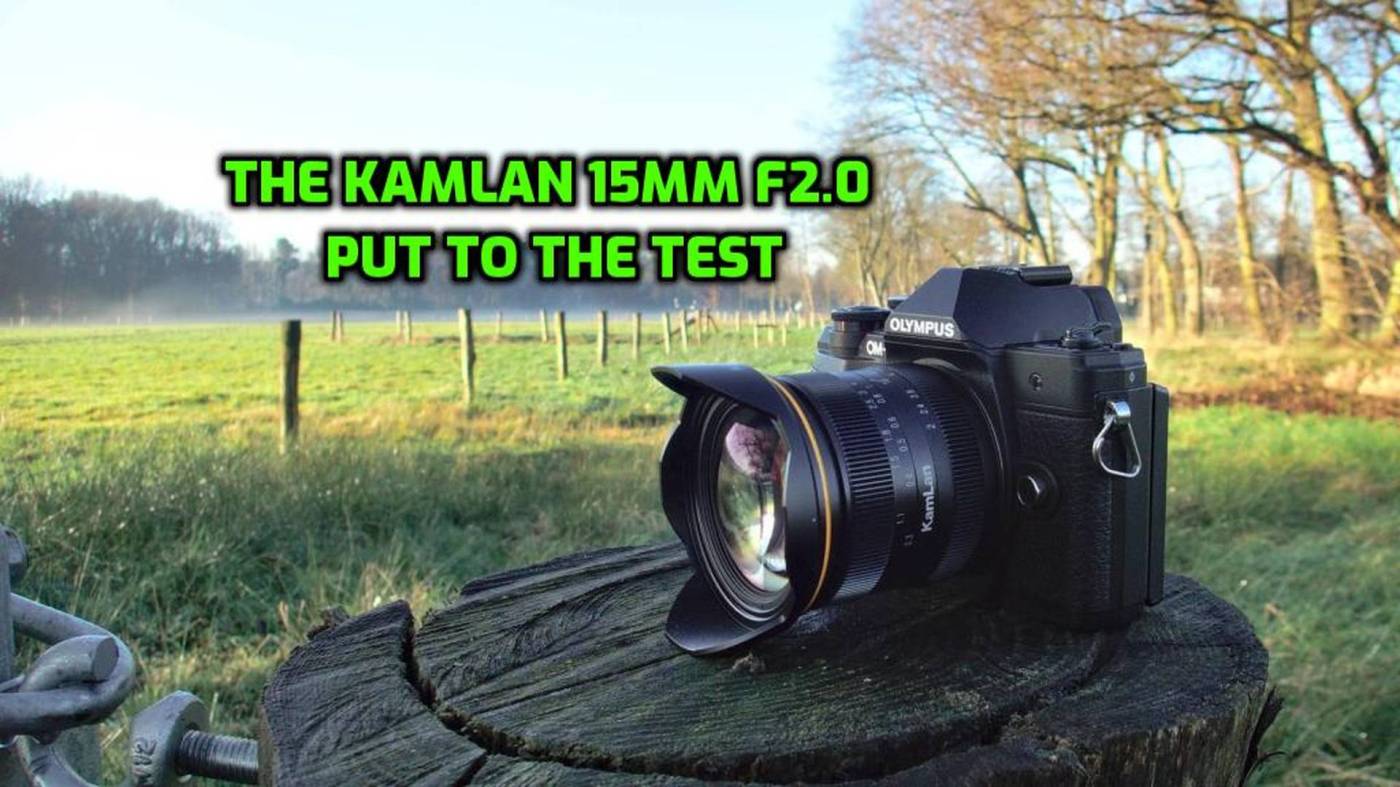5 minutes reading time
Let me start with this : Not Every Photographer is the Same
I often hear people obsessing over pixel sharpness, minor lens distortions, flares, edge blur, and so on—but what about the photos themselves? Isn’t that what truly matters?
Sharpness matters, but does your audience care ?
Sharpness is subjective. Some chase pixel-perfect detail, while others go with what feels right. Take hyperfocal distance—it’s based on the debated Circle of Confusion (CoC). I prioritize what looks good to me, not technical perfection.
I once saw a photo comparison: the same scene shot with a pricey pro lens and a budget lens. Viewers focused on the overall image, not subtle details. With brief viewing times, almost no one noticed quality differences.
Now, imagine capturing a shot with an expensive lens, then replicating it with a €100 lens—and no one can tell them apart. How would you feel? What would you conclude?
Practicality Over Perfection
For me, usability outweighs perfection. I’d pick f/5.6 for its flexibility over f/8 or f/10, especially when lighting is limited. In video, sharpness matters even less—it’s all about finding the right balance. While lens quality can range from decent to outstanding, the differences are often more subtle than you’d think.
Ok now – let’s talk about the Kamlan 15mm f/2.0 : I bought it for €121.09, though it’s now as low as €110. The image quality? Surprisingly good—easily worth it, especially since it costs just a fifth of similar lenses in its class. Was I shocked? Not at all. Chinese lenses stopped surprising me ages ago. In fact, many photographers use budget Chinese lenses on high-end Leica cameras. Why? because in the end, no one cares what lens you used—they only care about the final photo.
Testing the Kamlan 15mm f/2.0 Lens: A Practical, Handheld Approach
I tested the Kamlan 15mm f/2.0 lens by filming a video with the Olympus E-M10 Mark III. The setup was deliberately simple: no video cage or stabilizing tools, just handheld shooting with the camera’s in-body stabilization (M-IS2 mode), which relies on sensor-shift technology. This mimics a casual, unprepared shooting experience.
The E-M10 Mark III is a compact camera with limited grip, making it harder to hold steady. Adding to the challenge, I wore my distance glasses and couldn’t clearly see if the camera was level—so some footage or photos may not be perfectly horizontal. Why the M10 Mark III? Simple—it’s the first Olympus M10 capable of shooting 4K at 3840×2160 – And it’s compact, which is handy if I want to bring an extra camera for behind-the-scenes videos.
A Small Misstep: Recording in Full HD Instead of 4K
Initially, I had planned to record in 4K, but I made an oversight. Although the camera was configured for 4K, the PASM dial was set to Shutter Priority (S), limiting recording to Full HD. The settings I used were:
- Quality: Super Fine
- Frame Rate: 25P
- Shutter Speed: 1/50
Despite this hiccup, the results were promising.
Lens Settings and Sharpness
The photo below shows the lens settings used: focus was just under 3 meters, with an aperture of f/5.6. While subjects very close to the lens (around 1 meter or less) may not be razor-sharp, I found the sharpness more than acceptable for video work.
I asked ChatGPT to calculate the hyperfocal distance for the Kamlan 15mm f/2.0 lens at an aperture of f/5.6, aiming for a focus range of about 1–1.5 meters to infinity. The ideal lens setting is 2.69m, ensuring acceptable sharpness from 1.35m to infinity. At 3m, sharpness covers from 1.5m to beyond infinity. Since there are no markings between 1.5m and 3m on the lens, I try to stay just below the 3m mark. Below is the formula provided by ChatGPT:

These settings—though untested—suggest that focusing at an aperture of f/5.6 can be very forgiving. This means that while filming, you can easily bring closer subjects into focus by slightly turning towards a shorter distance, without needing to visually fine-tune the focus.
After reviewing the footage, I was impressed. The center sharpness was excellent, and the edges, often criticized in other reviews, held up surprisingly well. This might be because MFT cameras use a smaller part of the lens compared to larger formats. Overall, I’d rate the sharpness as “very good,” not just “good enough.”

Colors and Contrast: Natural and Balanced
The video was recorded using the Natural Colors profile, straight out of the camera with no color grading or adjustments. I found the colors pleasing and the contrast well-balanced, delivering a vibrant yet realistic look.
Final Thoughts
This test of the Kamlan 15mm f/2.0 lens highlights its strong performance for video work, especially when paired with an MFT camera. The sharpness exceeded my expectations, both at the center and edges, and the colors were rich and natural. Even under casual, handheld shooting conditions, the lens proved to be a solid performer.
For anyone considering this lens, it offers great results at an accessible price point, making it a worthwhile addition to your kit.
Video Test
Video and photos are merged and converted from MOV to MP3 in Shotcut 25.01.25
Soundtrack Credits:
The Inspiration by Keys of Moon
https://www.chosic.com/download-audio/27962/
The Inspiration by Keys of Moon | https://soundcloud.com/keysofmoon
Attribution 4.0 International (CC BY 4.0)
https://creativecommons.org/licenses/by/4.0/
Music promoted by https://www.chosic.com/free-music/all/
Photos
I’ve attached a few photos to give you an idea. They’ve all been cropped from the original 4:3 format to 16:9 and converted to WebP.







Over time, you’ll discover more photos and videos captured with the Kamlan 15mm f/2.0 in my photo gallery. Keep an eye out for new additions!
Discover more from Open Source Photography
Subscribe to get the latest posts sent to your email.




I always find that the characteristics of a lens, whatever we see on our own monitors, gets lost when when share on social media. Those people who criticise it’s attributes, don’t realise what lens it was when you put up a great photograph!
Great video again, some lovely examples.
Have a good week Marc.
LikeLiked by 1 person
Thanks ! That’s absolutely true—it’s also tied to the stress of modern life: work, social media, kids, and so on. People simply don’t have time anymore, which means they spend far less time appreciating beauty and finding moments of peace. Wishing you a wonderful week as well, Mark!
LikeLiked by 1 person
A good article for that pixel peepers should view. I belong to a FB group which may be the ultimate peepers and GAS location. I admit to a chuckle now and then, but I can get quick answers to a question without asking 😂.
In my type of photography peeping will drive you crazy. Solution is to go out and shoot.
As always a great source of info, and entertainment.
LikeLiked by 1 person
Hey Ted, thanks! Well, I don’t really have an issue with people being particular about sharpness—honestly, I want my own shots to be sharp too, or at least acceptable. But then again, what even counts as “acceptable,” right? 🙂
What really gets under my skin, though, are people who buy a cheap lens and then complain about the quality or sharpness. I mean, price almost always reflects something. Take a Citroën 2CV, for example (not sure if you guys had those in the US). Sure, you could drive it around the world, but it’s not exactly a Rolls Royce in terms of luxury. Along the way, something might even fall off—but it’ll still get you from A to B. In the end, you get what you pay for! Thanks again !
LikeLiked by 1 person
Well, I for one would vote for a Citroen over a Rolls any day. While I’ve never had the pleasure of a Citroen a Rolls does not make my posterior any different. And yes, there are a few Citroens around,but not many. Personally I think they’re cool 🤗.
LikeLiked by 1 person
😊 👍
LikeLiked by 1 person
Ik heb vooral genoten van de schoonheid van de landschappen
LikeLiked by 1 person
Dankje Joke !
LikeLiked by 1 person
een interessante test Marc
en iedereen heeft wel zijn voorkeur
prettige dag
LikeLike
Dankjewel Willy – zo is het ! fijne dag verder.
LikeLike